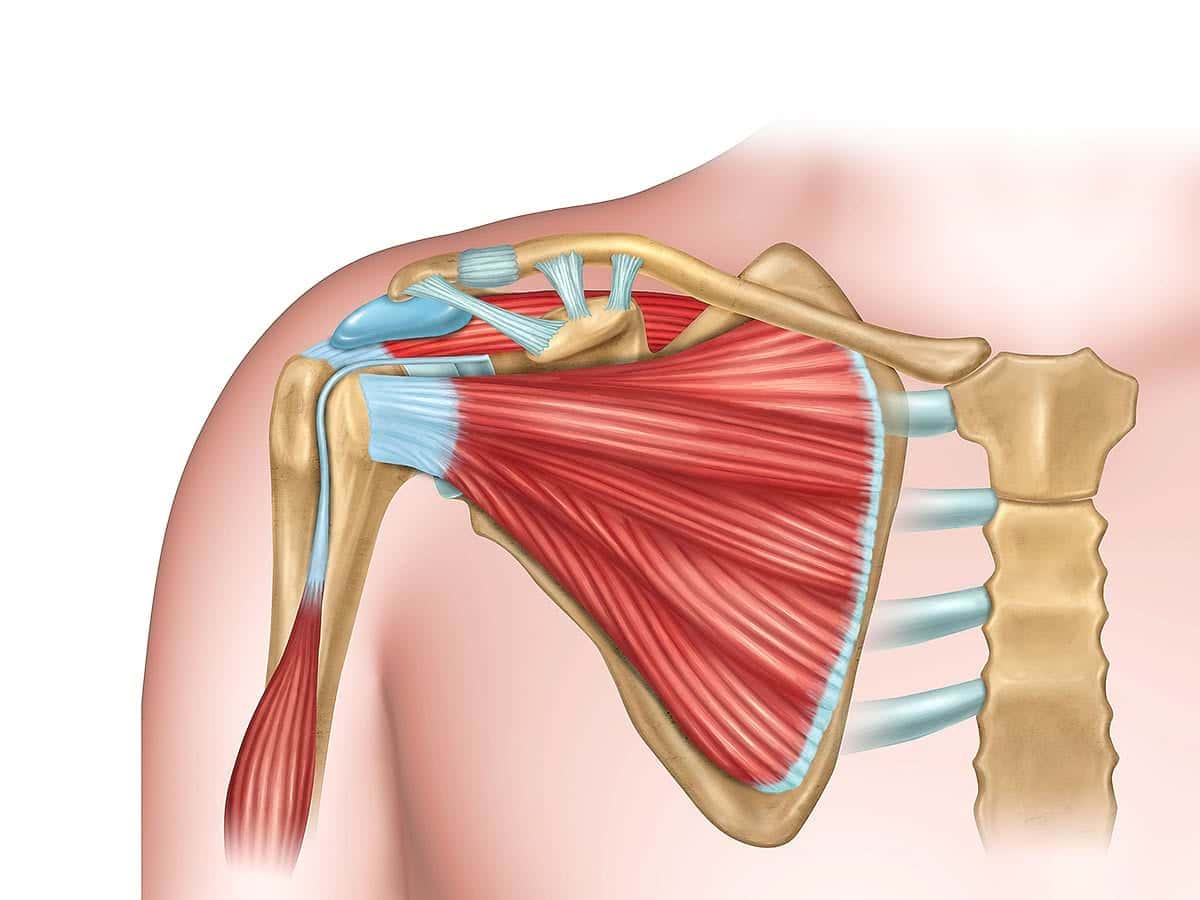Introduction
The 'rotator cuff' is the term that describes the four muscles and associated tendons that surround the shoulder and connect the arm to the shoulder and allow a wide range of motion of the arm from the shoulder. Where tears occur in any of these muscles or tendons it is referred to by the term 'rotator cuff tear' or simply 'cuff tear'.

Causes
As with many injuries to joints and joint muscles, repetitive stress is the main cause of rotator cuff tears, although it is also a common injury from for example vehicle accidents or falling from a height. Older people are more prone to rotator cuff tears, due partly to aggregated small injuries to rotator cuff muscles over time, but also due to development of bone spurs ('shoulder impingement') and a general decrease in blood supply to muscles as we age.
Repetitive movements that involve constant overhead arm movement tend to cause rotator cuff problems, whether in a work or sports setting. Sports that can cause problems include weightlifting, tennis, cricket and rowing and types of work such as painting, carpentry and other trades are higher risk for rotator cuff injuries.
The risk of developing rotator cuff injuries is also generally increased with age, for people with a family history of the condition, and for smokers and people with high cholesterol levels.
Symptoms
The following symptoms may indicate rotator cuff tear:
- Pain, generally in the form of a dull ache located within the shoulder.
- Some shoulder movements become difficult or painful (e.g. reaching behind the back).
- Weakness of the affected arm.
Tests / Diagnosis
A physical examination will involve checking the range of motion of the arm and shoulder and the strength of the associated muscles. Some imaging tests may also be required, for example:
- X-ray – an x-ray will not show any rotator cuff damage, but it may spot other issues such as arthritis or bone spurs.
- Ultrasound – ultrasound will show if there is damage to muscles, ligaments or tendons in the rotator cuff.
- MRI – MRI allows more detailed imaging of bone and soft tissue.
Treatment
Non-surgical treatments that may be recommended include steroid injections and/or physiotherapy. Both of these may improve strength and range of motion in the shoulder. Where non-surgical treatment does not have the desired effect, surgical options may be recommended such as a rotator cuff repair.
It is important to get suspected rotator cuff injuries looked into, as the condition may worsen without treatment, and resting the shoulder may in some cases lead to frozen shoulder.

